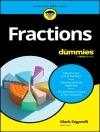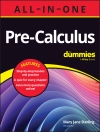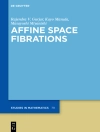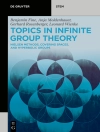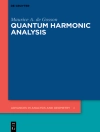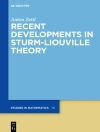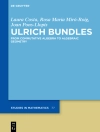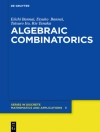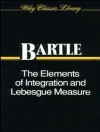Mathematical modelling and computer simulations are playing a crucial role in the solution of the complex problems arising in the field of biomedical sciences and provide a support to clinical and experimental practices in an interdisciplinary framework.
Indeed, the development of mathematical models and efficient numerical simulation tools is of key importance when dealing with such applications.
Moreover, since the parameters in biomedical models have peculiar scientific interpretations and their values are often unknown, accurate estimation techniques need to be developed for parameter identification against the measured data of observed phenomena. In the light of the new challenges brought by the biomedical applications, computational mathematics paves the way for the validation of the mathematical models and the investigation of control problems.
The volume hosts high-quality selected contributions containing original research results as well as comprehensive papers and survey articles including prospective discussion focusing on some topical biomedical problems. It is addressed, but not limited to: research institutes, academia, and pharmaceutical industries.
Table of Content
– An Application of the Grünwald-Letinkov Fractional Derivative to a Study of Drug Diffusion in Pharmacokinetic Compartmental Models. – Merging On-chip and In-silico Modelling for Improved Understanding of Complex Biological Systems. – A Particle Model to Reproduce Collective Migration and Aggregation of Cells with Different Phenotypes. – Modelling HIF-PHD Dynamics and Related Downstream Pathways. – An Imaging-Informed Mechanical Framework to Provide a Quantitative Description of Brain Tumour Growth and the Subsequent Deformation of White Matter Tracts. – A Multi-Scale Immune System Simulator for the Onset of Type 2 Diabetes. – Molecular Fingerprint Based and Machine Learning Driven QSAR for Bioconcentration Pathways Determination. – Advanced Models for COVID-19 Variant Dynamics and Pandemic Waves. – Multifractal Spectrum Based Classification for Breast Cancer.
About the author
G
abriella Bretti is a senior researcher at IAC-CNR. Her actual research interests are focused development of mathematical tools including modelling, numerical methods, simulation algorithms and parameter estimation techniques for differential models arising in real applications, with a special focus on biomathematics and cultural heritage.
Roberto Natalini is a mathematician and the Director of the Istituto per le Applicazioni del Calcolo of the National Research Council of Italy. His research themes include: fluid dynamics, road traffic, semiconductors, chemical and biological damage of monuments, biomathematics, game theory in evolutionary dynamics. In the last few years his research has focused on the mathematical models of the organs-on-chip and other experimental settings related to the cells movement.
Luigi Preziosi is full professor of Mathematical Physics at the Politecnico di Torino. His research is essentially devoted to the different aspects of mathematical modelling, from the formulation of models, to their analytic study, simulation and validation. In the last thirty years his attention focused on biomedical applications, including tumour growth, vascular networks, tissue mechanics, cell-environment interactions, cell migration, multiscale aspects in individual based models.
Pasquale Palumbo is an Associate Professor of systems and control theory at the University of Milano-Bicocca, Milan, Italy, and an associate researcher at the Institute of Systems Analysis and Computer Science “A. Ruberti, ” Italian National Research Council (IASI-CNR), Rome, Italy. His present research focuses on both methodological and application topics, including mathematical modeling and control of the glucose–insulin system, and systems and synthetic biology.


